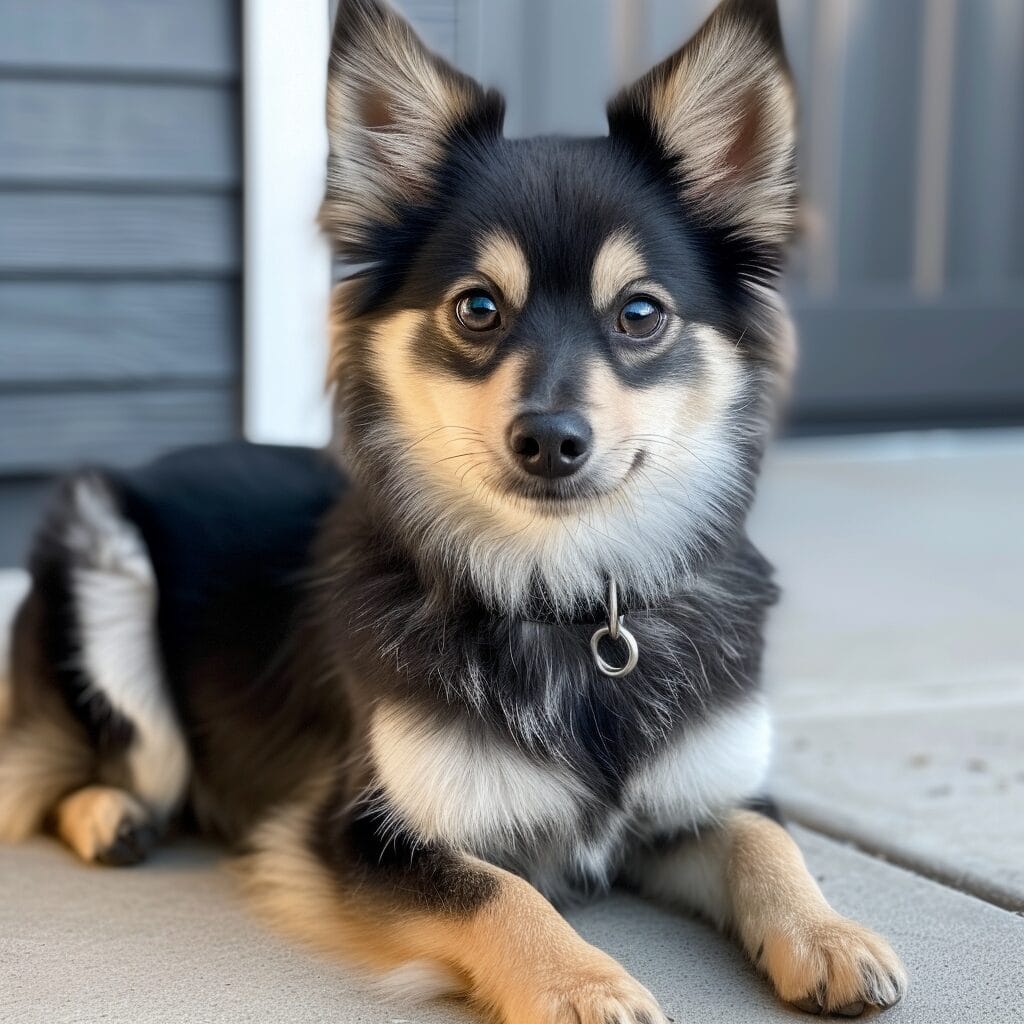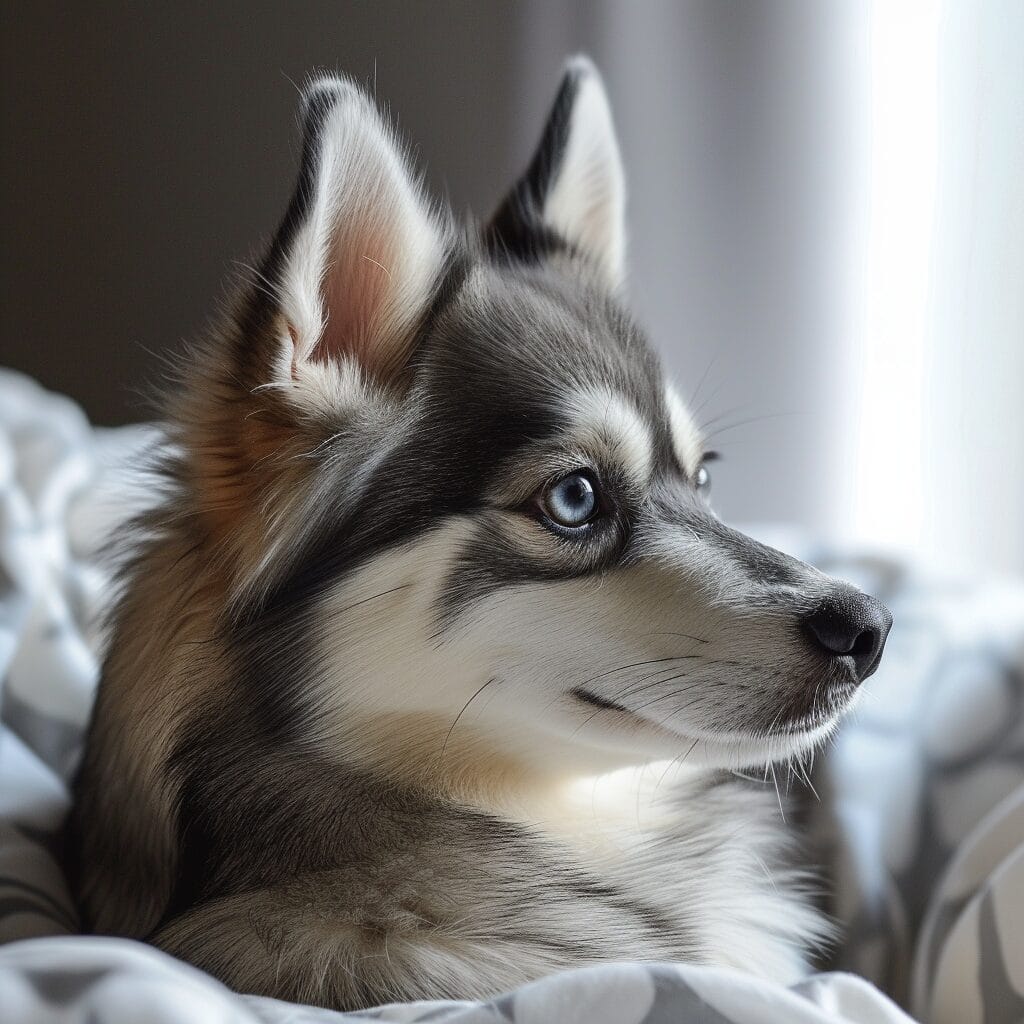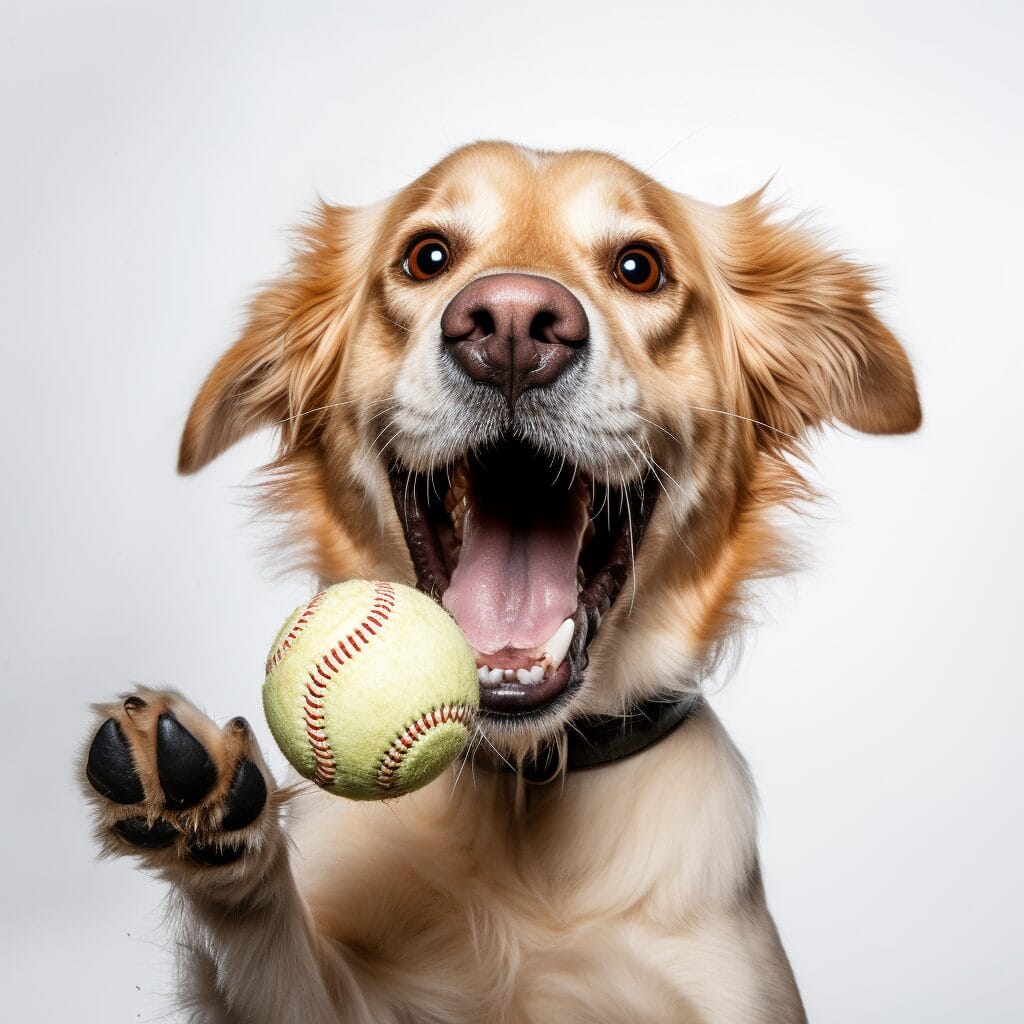Curious about the Alaskan Klee Kai breed? Wondering if they’re the right furry companion for you? Originating in Alaska in the 1970s, these dogs are a relatively new addition to the canine world. Known for their striking resemblance to huskies, Alaskan Klee Kais are energetic, intelligent, and loyal companions that can fit into various lifestyles. However, their high energy levels and strong prey drive may pose challenges for some owners.
Alaskan Klee Kai Pros and Cons
Key Takeaways
- Consider Temperament: Understand the Alaskan Klee Kai’s temperament to ensure compatibility with your lifestyle and preferences.
- Prioritize Health: Stay informed about common health concerns in Alaskan Klee Kai and schedule regular vet check-ups for early detection.
- Consistent Training: Invest time and effort in training your Alaskan Klee Kai to foster good behavior and obedience.
- Regular Grooming: Maintain a consistent grooming routine to keep your Alaskan Klee Kai’s coat healthy and reduce shedding.
- Social Interaction: Recognize the social nature of Alaskan Klee Kai and provide ample opportunities for socialization and engagement.
- Child-Friendly Environment: Create a safe and supervised environment for children when introducing an Alaskan Klee Kai to ensure positive interactions.
Understanding Alaskan Klee Kai Temperament
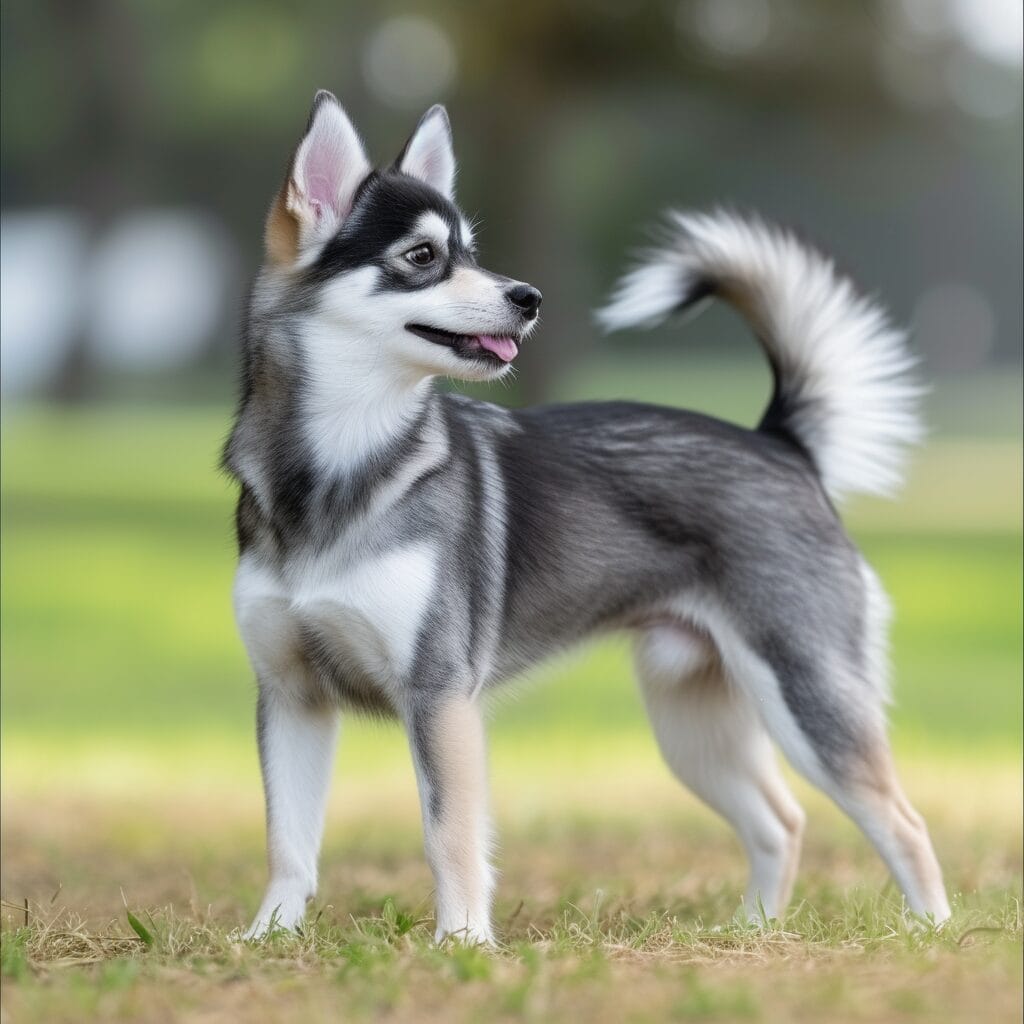
Intelligence and Curiosity
Their curious nature drives them to explore their surroundings actively. This intelligence makes them highly trainable, excelling in obedience training and agility exercises. However, this same trait can lead to boredom if not mentally challenged enough.
These dogs’ curiosity often leads them to investigate new people cautiously. This cautious behavior towards unfamiliar faces is a natural protective mechanism that stems from their loyalty towards their family members.
Pros:
- Highly intelligent
- Trainable and excel in obedience tasks
Cons:
- May exhibit reserved behavior around strangers initially
- Require mental stimulation to prevent boredom
Loyalty and Companionship
One of the most cherished traits of Alaskan Klee Kais is their unwavering loyalty towards their owners. Due to this loyal nature, AKKs make excellent watchdogs as they are alert and quick to notify their owners of any unusual activity.
The companionship provided by Alaskan Klee Kais goes beyond mere presence; it extends into being emotionally supportive animals that provide comfort during challenging times.
Pros:
- Extremely loyal to their owners
- Provide emotional support as devoted companions
Cons:
- Can be overly protective at times
Alaskan Klee Kai Health Concerns
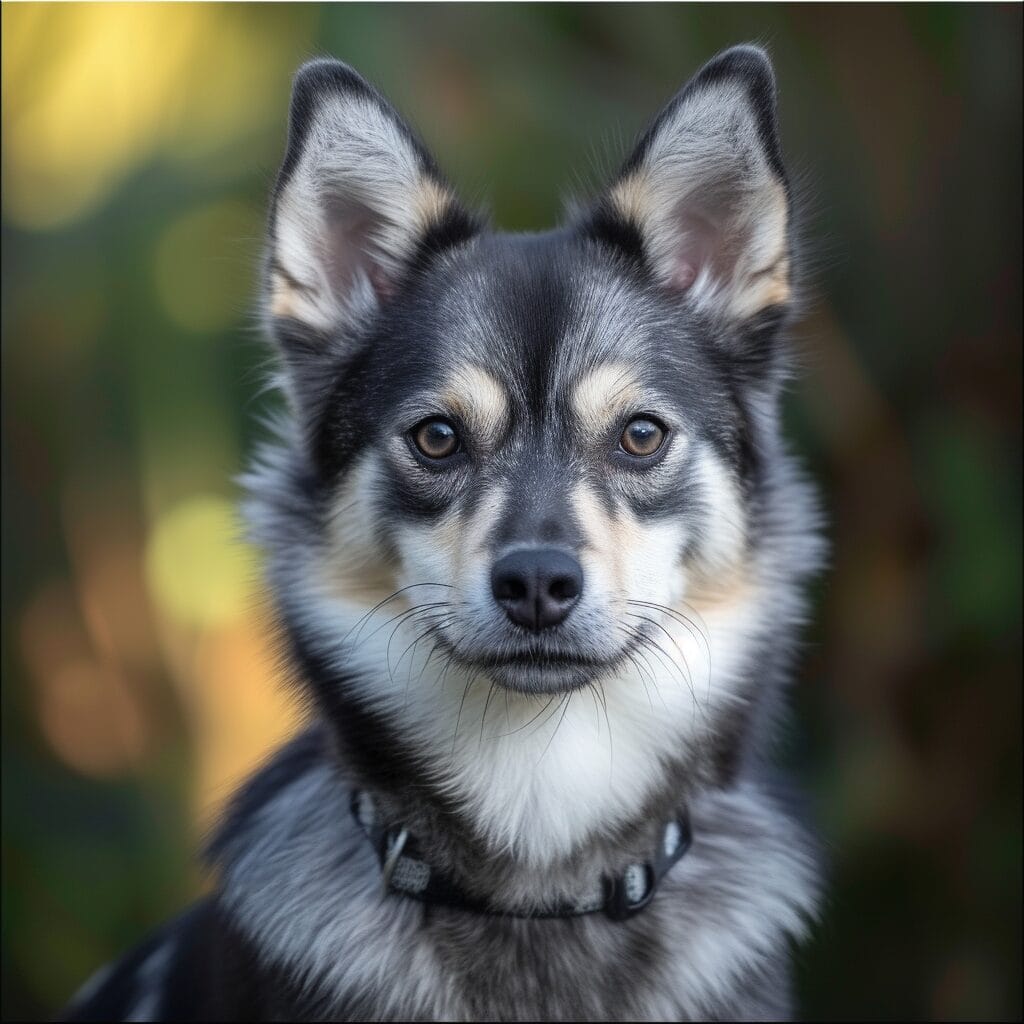
Dental Care
Alaskan Klee Kai (AKKs) are prone to dental issues. Regular check-ups with the vet can help monitor their oral health. Brushing their teeth a few times a week can prevent plaque buildup and maintain healthy gums.
Regular exercise is vital for AKKs to stay fit and healthy, but it’s not just about physical fitness; it also contributes to good dental health. Moreover, regular exercise keeps them at a healthy weight, which is crucial for overall well-being.
Weight Management
Keeping an eye on an AKK’s weight is essential as obesity can lead to various health problems. Monitoring their food intake and providing a balanced diet are key factors in maintaining a healthy weight for your furry friend.
Pros:
- Regular check-ups help monitor dental health.
- Exercise aids in reducing tartar build-up.
- Weight management prevents obesity-related issues.
Cons:
- Dental care requires consistent effort.
- Obesity poses serious health risks.
Training an Alaskan Klee Kai
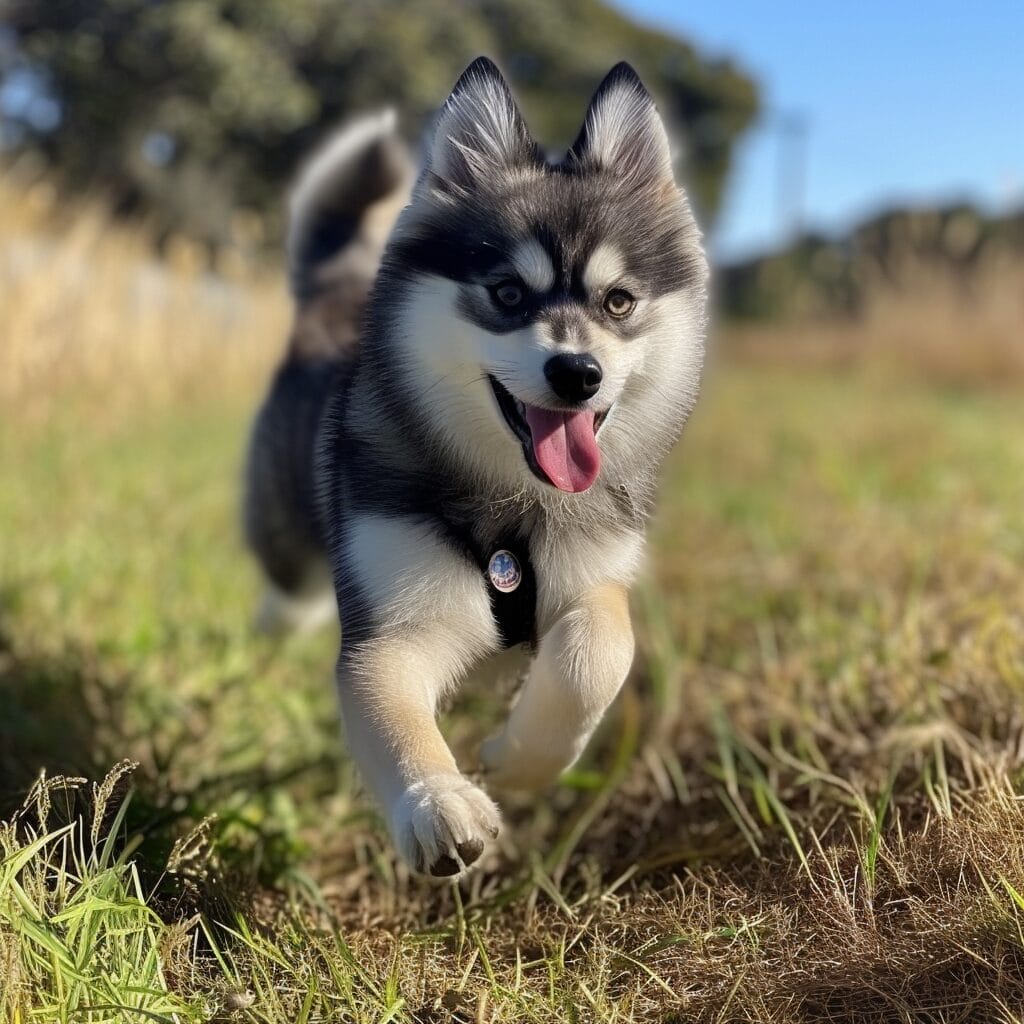
Consistency in Training
Consistent training is crucial for Alaskan Klee Kai, especially due to their independent nature. Starting training from a young age can help manage their strong-willed behavior effectively.
These dogs respond well to positive reinforcement techniques during recall training and obedience sessions. Rewarding good behavior with treats or praise reinforces the desired actions, making them more likely to repeat them in the future.
Mental Stimulation Activities
Puzzle toys, interactive games, and agility exercises are excellent ways to challenge their intelligence and keep them engaged.
- Use positive reinforcement during training
Alaskan Klee Kai Grooming and Maintenance

Regular Brushing
Alaskan Klee Kais, with their double coat, need consistent brushing to prevent tangling and matting. This process helps in maintaining the health of their fur by removing loose hair. By dedicating a few minutes each day to brush your AKK, you can keep their coat looking shiny and healthy. Neglecting this grooming routine may lead to knots forming in their fur, which can be uncomfortable for your furry friend.
Brushing also helps distribute natural oils throughout the coat, keeping it moisturized and reducing shedding. It is crucial to use appropriate brushes designed for double-coated breeds like the Alaskan Klee Kai. These brushes are gentle on the skin while effectively removing loose hair from both layers of fur.
Nail and Ear Care
Aside from brushing, nail trimming is another essential aspect of grooming for AKKs. Overgrown nails can cause discomfort or even lead to issues with walking over time. Regularly check your dog’s nails and trim them when needed to ensure they remain at a comfortable length. Cleaning should be done regularly as well. Check for any signs of redness or irritation that could indicate an infection brewing. Use a damp cloth or ear-cleaning solution recommended by your vet to gently wipe away dirt buildup inside the ears.
To maintain good hygiene levels among AKKs, occasional baths are necessary but not too frequent as excessive bathing can strip away natural oils from their skin leading to dryness or irritation issues.
The Social Nature of Alaskan Klee Kai
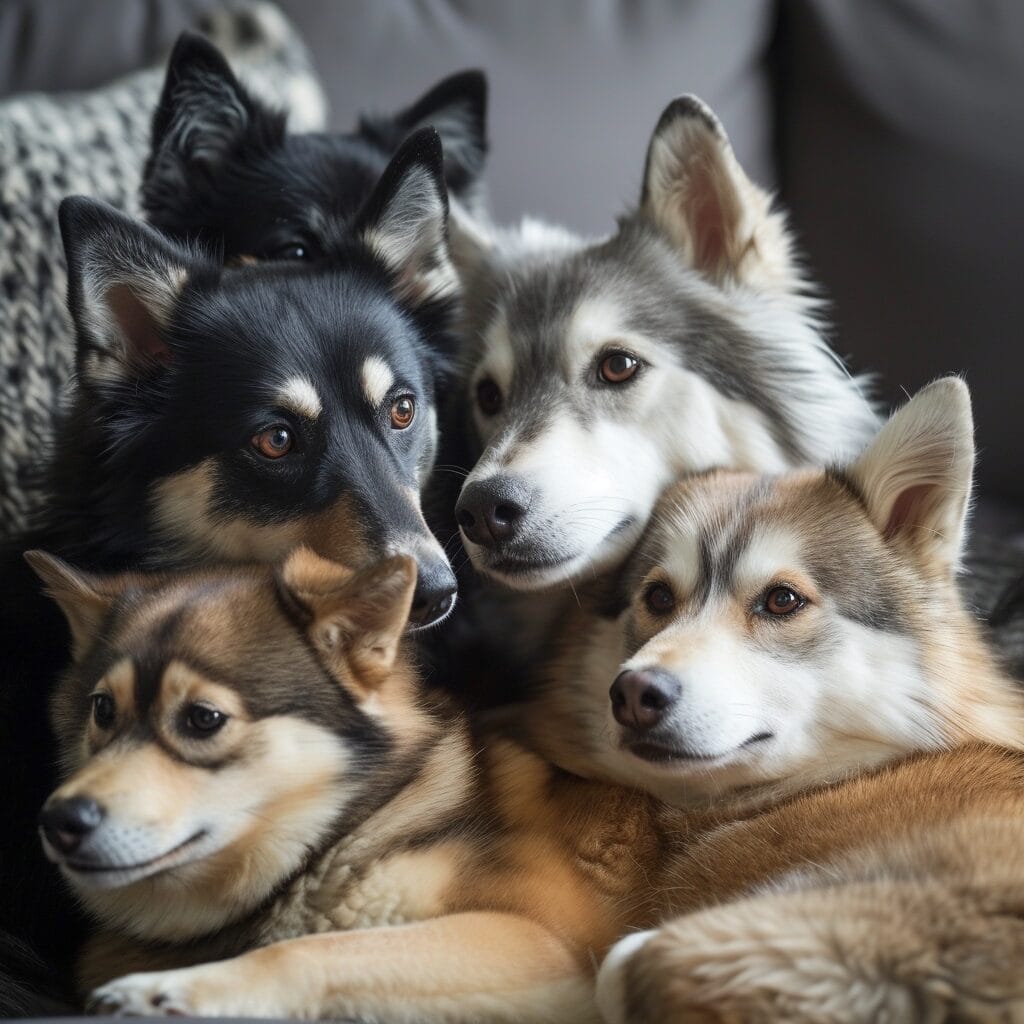
Sociable with Dogs
Alaskan Klee Kai, or AKKs, are known for their social nature and love interacting with other dogs. However, due to their small size, they might require supervision during playtime to ensure their safety. These little dogs thrive in environments where they receive ample attention and interaction from both humans and fellow canines.
AKKs’ innate desire for companionship extends beyond just people; they also form strong bonds with other dogs. Owners often find joy in watching their AKK socialize at dog parks or during playdates. Despite being tiny in stature, these dogs exude confidence when mingling with larger breeds.
Separation Anxiety Tendencies
One aspect that potential owners should be aware of is the likelihood of AKKs developing separation anxiety if left alone for extended periods. These dogs deeply cherish the presence of their family members and may struggle when isolated for too long. To mitigate separation anxiety, it’s essential to gradually accustom your AKK to being alone by starting with short intervals before extending the time apart.
Alaskan Klee Kai’s Impact on Children
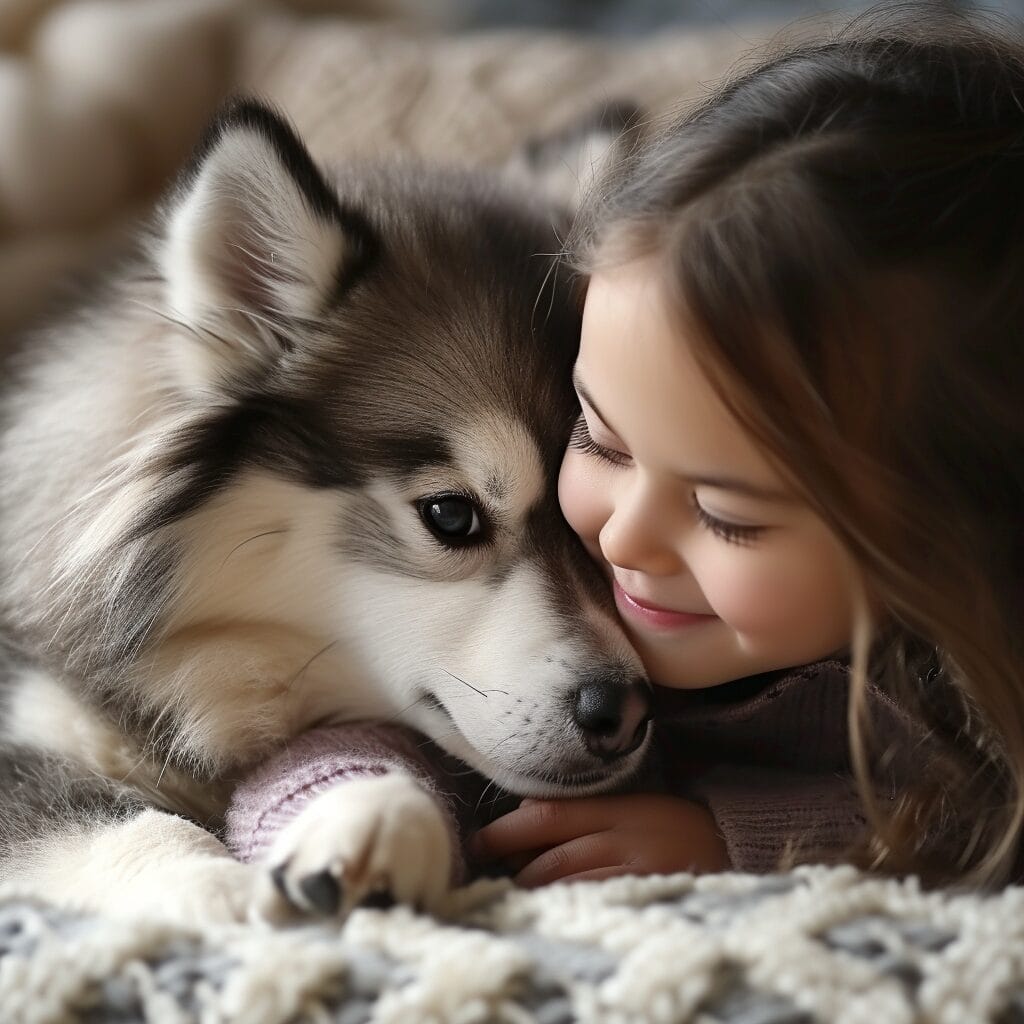
Strong Bonds
Alaskan Klee Kai (AKKs) can form strong bonds with children, making them wonderful family pets. These dogs are known for their loyalty and affection towards their human companions. Children often find comfort in the presence of AKKs, creating a special bond that can last a lifetime.
AKKs’ playful nature and energetic demeanor make them great playmates for children. Their small size also makes them easy to handle for kids, allowing for interactive playtime without overwhelming younger ones. Moreover, the gentle temperament of AKKs enables them to be patient and tolerant around children, fostering a positive relationship between the dog and the young ones.
Supervision Required
While AKKs are generally good with children, supervision is crucial when younger kids interact with these dogs due to their petite size. Being smaller in stature than other breeds, it’s important to ensure that interactions are closely monitored to prevent accidental injuries that may occur from rough play or mishandling.
Teaching children how to properly handle and respect an AKK is essential in maintaining a harmonious relationship between the dog and the child. Educating kids on how to approach, pet gently, and understand canine body language helps establish mutual respect between both parties. By instilling these values early on, children learn responsibility and empathy towards animals while ensuring the safety of both the child and the dog.
Unique Traits of Alaskan Klee Kai

Striking Facial Masks
Alaskan Klee Kai (AKKs) are known for their striking facial masks, which distinguish them from other breeds. These unique markings often include a mask-like pattern around their eyes, giving them an alluring appearance that captures attention. This feature contributes to the breed’s popularity and makes them stand out in any setting. The distinctive facial markings of AKKs make them easily recognizable and adored by many dog enthusiasts.
AKKs’ striking facial masks not only enhance their physical appeal but also reflect their wolf-like heritage. The resemblance to wolves in terms of appearance adds a touch of mystique to these dogs, further piquing interest among owners seeking a unique companion with a wild side. This connection to wolves through their facial features creates an aura of wilderness around AKKs, making them intriguing pets for those fascinated by nature’s beauty.
Howling Tendencies
One endearing trait of Alaskan Klee Kai is their howling tendencies, reminiscent of the vocalizations heard in wolf packs. When communicating or expressing emotions, AKKs often resort to howling instead of barking, showcasing a behavior deeply rooted in their genetic makeup. This characteristic sets them apart from other dog breeds that predominantly bark, adding an element of novelty to owning an AKK as they serenade you with melodic howls.
The howling tendencies exhibited by Alaskan Klee Kai contribute to the overall charm and allure associated with these dogs. Their distinct vocalizations create a captivating atmosphere within households where they reside, evoking images of untamed wilderness and ancient instincts at play. While some may find this trait surprising or unconventional compared to traditional barking, many owners appreciate the unique communication style brought forth by the melodious howls of AKKs.
Comparing Alaskan Klee Kai and Siberian Husky
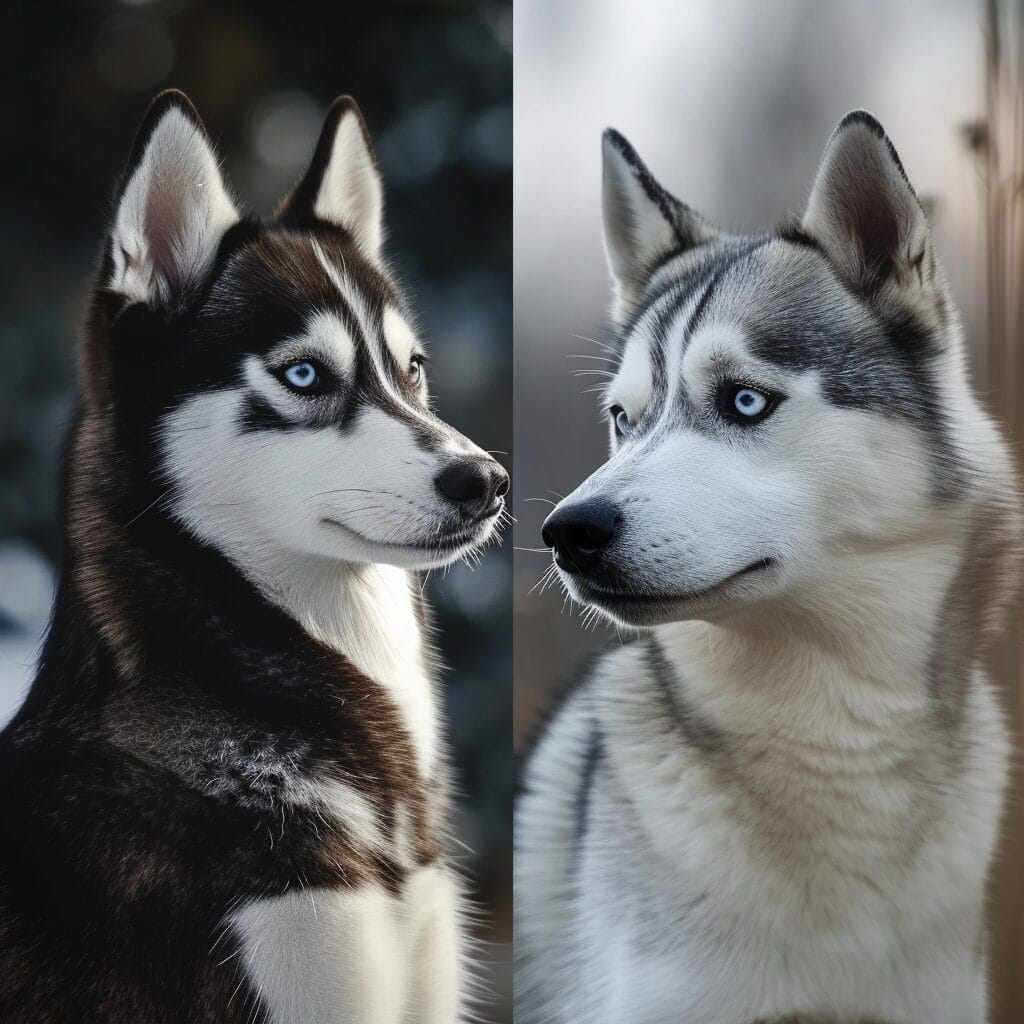
Size and Living Environment
Alaskan Klee Kai are notably smaller than Siberian Huskies, making them a great choice for apartment living. Their compact size allows them to thrive in smaller spaces compared to the more substantial Huskies. This makes Alaskan Klee Kai an ideal pet for individuals residing in apartments or houses with limited outdoor areas.
On the other hand, Siberian Huskies have higher energy levels than AKKs. While both breeds share similarities in their wolf-like appearance and love for cold weather, Siberian Huskies tend to require more physical activity due to their energetic nature. If you lead an active lifestyle and enjoy spending time outdoors engaging in activities like hiking or running, a Siberian Husky might be the perfect companion.
Temperament and Training
Alaskan Klee Kai are known for being reserved around strangers but loyal and affectionate towards their family members. They are intelligent dogs that respond well to positive reinforcement training methods. On the flip side, Siberian Huskies can be more independent and stubborn compared to AKKs. They have a strong prey drive which may make recall training challenging.
In terms of grooming needs, both breeds shed moderately throughout the year with heavier shedding during seasonal changes. Regular brushing is essential for managing their coat health effectively.
Factors to Consider Before Getting an Alaskan Klee Kai
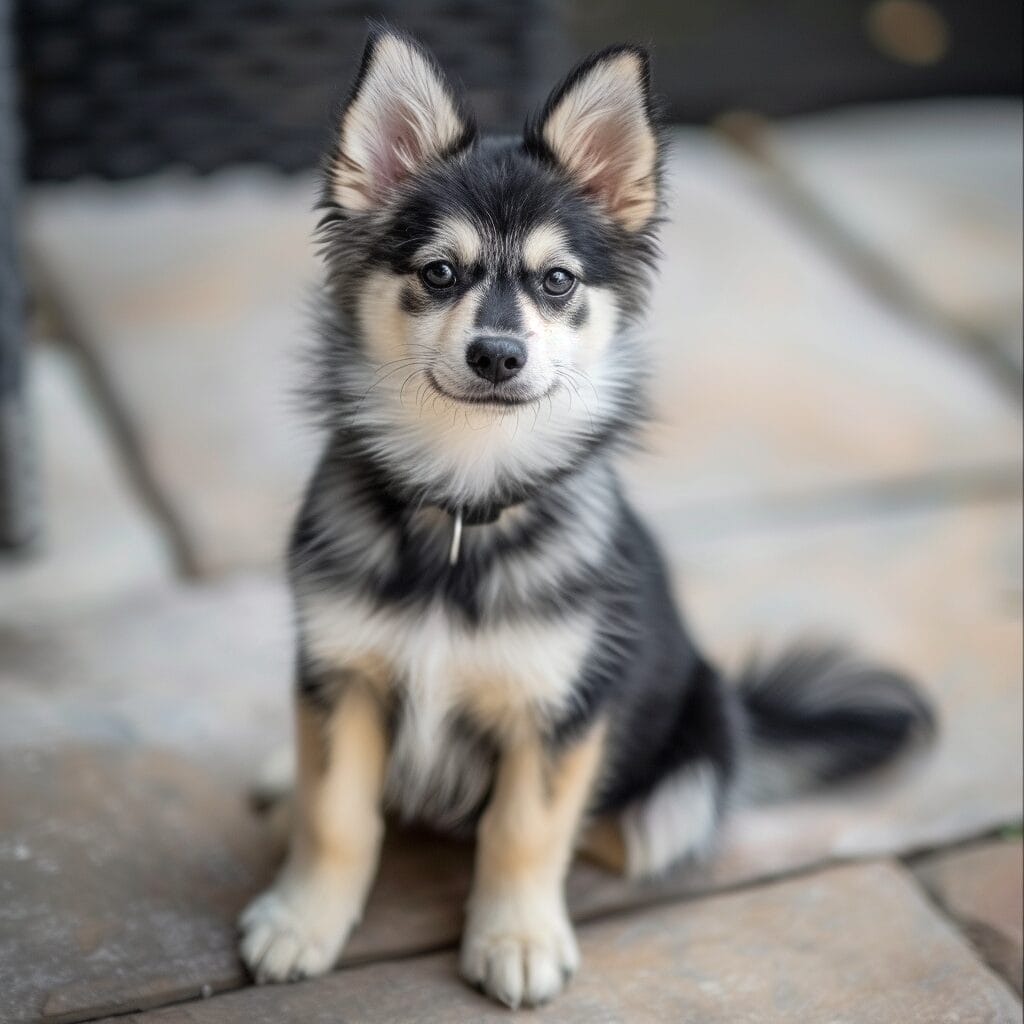
Lifestyle Considerations
Before bringing an Alaskan Klee Kai into your home, think about your daily routine. These dogs are energetic and need regular exercise to stay healthy. If you lead a busy life with little time for walks or playtime, an AKK might not be the best fit. Mental stimulation is crucial for their well-being; interactive toys and training sessions should be part of your plan.
When deciding on getting an Alaskan Klee Kai, remember that they require grooming to keep their coat looking its best. Regular brushing can prevent matting and maintain a healthy skin condition. Factor in potential costs when budgeting for grooming expenses; professional grooming services might be necessary every few months.
Finding a Reputable Source
Research reputable breeders or adoption centers before getting an Alaskan Klee Kai puppy. This step is crucial in ensuring that you bring home a healthy dog from a trustworthy source. Look for breeders who prioritize the health and well-being of their puppies over profit margins.
Consider reaching out to local AKK clubs or rescue organizations as they can provide valuable insights into finding a reputable breeder or adopting from a shelter. By doing thorough research beforehand, you increase the chances of welcoming a happy and healthy Alaskan Klee Kai into your family.
Final Remarks
You’ve now got a good grip on the Alaskan Klee Kai breed, from their temperament and health concerns to grooming needs and social nature. Before jumping into getting one, consider all aspects like their impact on children and unique traits compared to Siberian Huskies.
Remember, owning a dog is a big responsibility, so make sure you’re ready for the commitment before bringing home an Alaskan Klee Kai. These fluffy companions can bring immense joy to your life if you’re willing to put in the effort to train and care for them properly. Now that you’re equipped with all this knowledge, go ahead and make an informed decision that suits both your lifestyle and the needs of this adorable breed.
Frequently Asked Questions
What are the key factors to consider before getting an Alaskan Klee Kai?
Before getting an Alaskan Klee Kai, consider their exercise needs, grooming requirements, tendency for separation anxiety, and potential challenges in training due to their independent nature.
How does the social nature of Alaskan Klee Kai impact their owners?
Alaskan Klee Kais thrive on human companionship and can develop strong bonds with their owners. Their social nature requires consistent interaction and attention from family members to prevent behavioral issues.
Are there any unique traits that distinguish Alaskan Klee Kai from other dog breeds?
Yes, Alaskan Klee Kai are known for their small size resembling a miniature husky, distinctive facial masks or markings, agile athleticism similar to a cat’s movements, and howling vocalizations instead of traditional barking.
Can children coexist harmoniously with an Alaskan Klee Kai?
With proper socialization and supervision, Alaskan Klee Kai can be great companions for children. However, it is crucial to teach kids how to respect boundaries and interact safely with the dog to ensure a positive relationship.
How do the health concerns associated with Alaskan Klee Kai affect ownership?
Potential health issues like luxating patellas or cardiac problems may require regular vet check-ups and financial planning for medical care. Understanding these risks allows owners to provide proactive healthcare measures for their furry companions.


